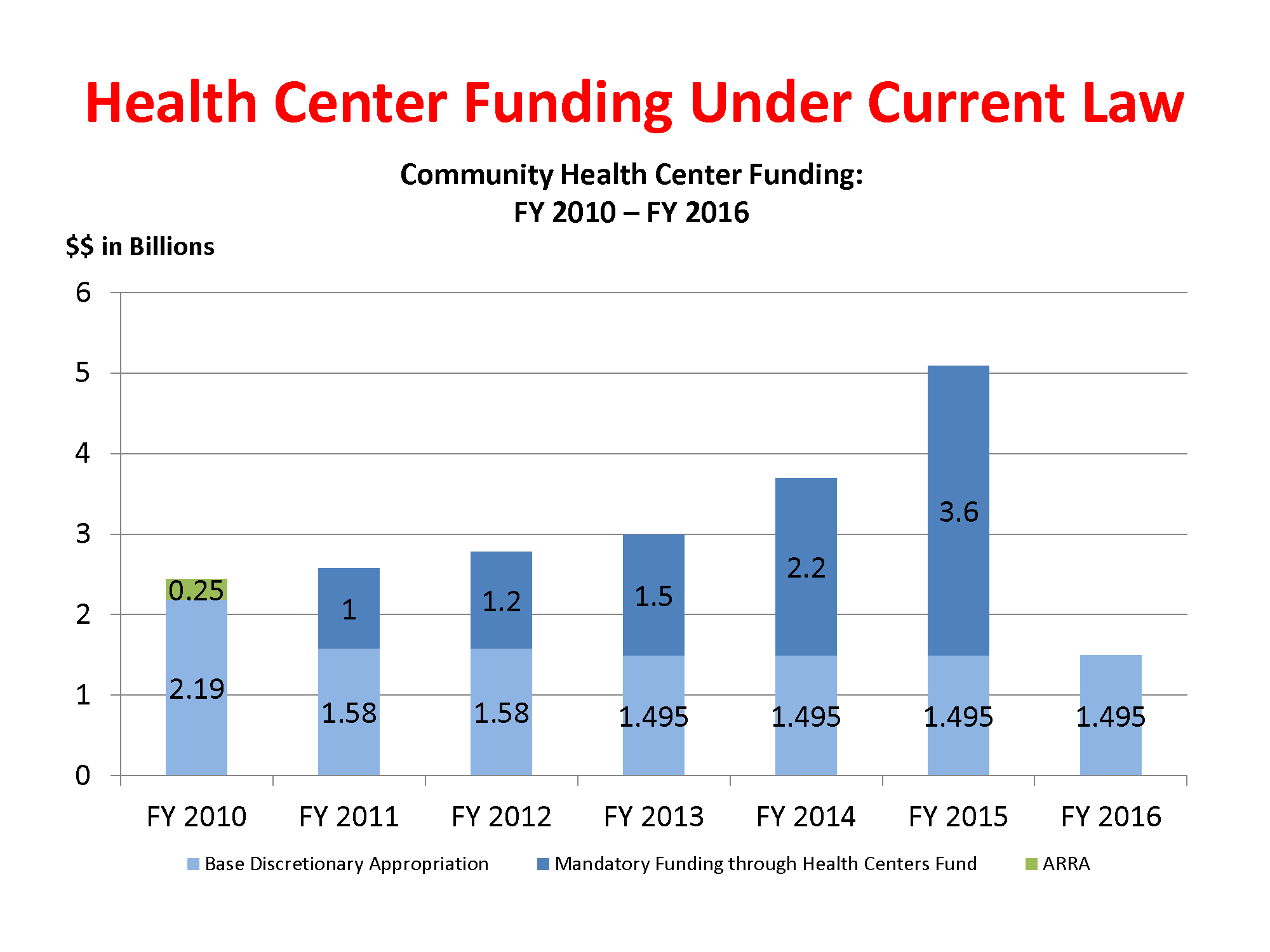Primary care funding is at the forefront of discussions around healthcare reform as experts note a growing crisis in the U.S. primary care system. With an increase in patient demand and a dwindling supply of healthcare providers, innovative solutions are urgently needed. One promising initiative is the ACO PC Flex program, designed to enhance financial support for primary care while incentivizing preventative care strategies. This new model aims to shift the focus from reactive to proactive healthcare, addressing issues before they escalate into more serious conditions that require costly hospital interventions. As we navigate these challenges, it is essential to explore how evolving medical payment models can reshape healthcare reimbursement practices to better serve patients and providers alike.
In the healthcare landscape, the funding of foundational medical services is critical for ensuring quality patient care, especially as we face mounting pressures within the primary healthcare sector. Many are calling attention to the “primary care crisis,” where a shortage of physicians meets the urgent need for accessible medical attention. The ACO PC Flex initiative exemplifies a shift towards innovative reimbursement approaches, emphasizing preventative health and reducing the burdens associated with specialty care. By restructuring how healthcare providers are compensated, these efforts aim to prioritize routine check-ups and early interventions, which can ultimately lead to healthier populations and decrease hospital admissions. As these new models gain traction, understanding their impact on healthcare dynamics will be vital.
Understanding the Primary Care Crisis in the U.S.
The current state of primary care in the United States is alarming, with a growing consensus among health experts that we are facing a crisis. Factors contributing to this situation include an escalating demand for services, coupled with a disastrous shortage of healthcare professionals. Physicians often find themselves pressured to manage an ever-increasing patient load in a shrinking timeframe. This trend is exacerbated as many primary care practices are now part of larger corporate healthcare systems that prioritize volume over quality, resulting in physicians being incentivized to see as many patients as possible to maximize billing.
Moreover, the economic structure of healthcare reimbursement plays a significant role in this crisis. The compensation for primary care providers tends to be significantly lower compared to specialists, leading to an undervaluation of primary care services. This focus on high-revenue specialists like dermatologists and cardiologists not only diminishes the importance of preventative care but also creates a healthcare system that favors procedural treatments over necessary long-term patient management, further contributing to the crisis.
The ACO PC Flex Initiative: A Solution to Funding Challenges?
In response to the ongoing challenges in primary care funding, the ACO PC Flex initiative has emerged as a promising model aimed at reshaping healthcare reimbursement. This innovative approach, rooted in the Affordable Care Act’s provisions for financial innovation, seeks to provide an increase in primary care funding while simultaneously promoting efficiency. By shifting the financial model to support preventative care efforts, ACO PC Flex incentivizes primary care providers to focus on keeping patients healthy, which may reduce the need for costly hospitalizations.
Critically, the ACO PC Flex structure differs from traditional reimbursement models by allowing upfront payments based on regional averages, adjusted for patient complexity. This revolutionary shift could offer primary care physicians improved financial stability and the necessary framework to enhance patient engagement through preventive measures. With this model in place, there’s potential to alleviate some of the burdens currently facing primary care practices, thereby leading to better health outcomes and potentially turning the tide in the primary care crisis.
The Importance of Preventative Care in Primary Care Reimbursement
Preventative care represents a cornerstone of what primary care should offer, yet under current reimbursement systems, it has often taken a backseat to more immediate and technical medical services. The ACO PC Flex initiative recognizes the essential nature of preventative care, reorienting financial incentives to encourage physicians to engage patients in health-promoting activities rather than just reactive treatments. This includes counseling, screenings, and regular check-ups—all crucial for minimizing long-term health risks.
Investing in preventative care can yield significant cost savings by reducing the instances of severe health conditions that require expensive interventions. As the ACO PC Flex aims to reward physicians for keeping patients healthy, it aligns the financial interests of healthcare providers with the well-being of patients, fostering a healthcare environment that values comprehensive care. This alignment is vital in addressing both current healthcare crises and the economic sustainability of primary care practices.
Barriers to Implementing ACO PC Flex in Primary Care
Despite the promise of the ACO PC Flex initiative, several barriers to implementation remain. Primary care practices, particularly those catering to low-income populations, often struggle with issues stemming from reduced payments and significant administrative burdens that accompany new reimbursement models. Additionally, widespread acceptance of this model will require education and training to help practitioners navigate the shift towards value-based care, which is fundamentally different from the traditional fee-for-service paradigm.
Moreover, the resistance from specialty societies reinforces the longstanding imbalance in healthcare funding, where specialists enjoy significantly higher compensation rates. This makes advocacy for primary care funding reform and proper implementation of ACO PC Flex essential. A failure to overcome these challenges means that the benefits of ACO PC Flex, such as increased primary care funding and enhanced preventative care initiatives, may not be realized fully or equitably.
The Role of Policymakers in Reinvesting in Primary Care
Policymakers hold a crucial responsibility in addressing the primary care crisis through legislative initiatives that favor increased funding for primary care services. As healthcare funding mechanisms evolve, it is imperative for policymakers to advocate for financial structures like ACO PC Flex that promote sustainable, equitable care. Incentivizing preventative care not only aligns with the holistic goals of the healthcare system but also serves to alleviate the financial strain felt by primary care providers.
Recognizing the importance of primary care within broader healthcare initiatives can drive stronger support for innovative payment models. In doing so, lawmakers can address patient needs more effectively, particularly for vulnerable populations that typically access care through Medicaid. By reinforcing the need for primary care funding in future healthcare policies, the cycle of care can be improved, ultimately enhancing population health outcomes.
Evaluating the Impact of ACOs on Patient Care
Evaluating the effectiveness of Accountable Care Organizations (ACOs) is critical in understanding their impact on patient care. The ACO PC Flex initiative is designed to encourage primary care providers to focus on quality and outcomes by fostering a cooperative environment in which health providers can share accountability for a patient’s care. This collaborative approach can potentially lead to enhanced patient satisfaction and improved health outcomes, as providers work together across specialties to address comprehensive healthcare needs.
Moreover, the shared savings model incentivizes care effectiveness rather than service volume, ensuring that medical resources are utilized efficiently. If ACOs like ACO PC Flex can effectively demonstrate cost savings while enhancing care quality for Medicare enrollees, this encouraging data may persuade private insurers to adopt similar models. The evaluation of ACOs becomes essential not just for validating current practices but also for paving the way for broader acceptance of value-based care in the healthcare industry.
The Future of Primary Care Funding Models and Sustainability
Looking ahead, the sustainability of primary care funding models hinges on the success of innovative approaches like ACO PC Flex. The transitional shift from volume-driven to value-driven care represents a crucial turning point for the healthcare system, with priorities set firmly on patient outcomes. For primary care to thrive, policymakers, providers, and insurance companies must collaborate to refine payment structures that prioritize long-term health over short-term profits.
As healthcare navigation becomes increasingly complex with the advancement of medical information and treatment options, funding models must evolve to support ongoing primary care innovations. The need for comprehensive evaluation mechanisms to track the impact of ACO PC Flex and similar initiatives is vital in ensuring primary care remains collaborative, effective, and efficient in meeting patient needs. Stakeholders at all levels must advocate for the necessary funding and support to foster a sustainable future for primary care.
Addressing Low Reimbursement Rates in Primary Care
One of the fundamental issues facing primary care is the significantly lower reimbursement rates compared to specialty care. The pervasive focus on specialty treatment leads to a systemic undervaluation of primary care; consequently, many physicians are discouraged from pursuing careers in this vital sector. To combat this trend, it is necessary to re-evaluate and reform reimbursement rates to reflect the critical role primary care plays in the healthcare system. By advocating for equitable payment structures, stakeholders can help to uplift primary care as a priority, ensuring practitioners receive compensation that reflects their contributions.
Increasing primary care funding through models like ACO PC Flex not only targets reimbursement disparities but also promotes a more balanced healthcare ecosystem. The ultimate objective is to cultivate a sustainable and effective primary care infrastructure that can address the growing healthcare demands of the population. Policymakers must engage in conversations around reimbursement rate adjustments to ensure that primary care providers can achieve financial viability while delivering quality care.
Understanding the Shared Savings Concept in ACOs
The concept of shared savings is pivotal within the framework of Accountable Care Organizations (ACOs) like ACO PC Flex. By establishing clear spending thresholds, these models encourage providers to focus on quality care that minimizes unnecessary hospitalizations and associated costs. When providers succeed in keeping expenditure within budget while maintaining or improving health outcomes, they can share in the financial benefits—all while prioritizing patient health over quantity of services rendered.
This innovative reimbursement structure has the potential to reshape how healthcare professionals engage with their patients. The focus shifts towards preventative measures, comprehensive services, and proactive management of patient care. As this model continues to evolve, effective communication and partnership among healthcare providers will be critical in ensuring that shared savings incentives yield positive results for all stakeholders involved, particularly for patients who stand to benefit from enhanced primary healthcare delivery.
Frequently Asked Questions
What are the main issues affecting primary care funding in the U.S.?
Primary care funding in the U.S. is facing a crisis due to several factors. Low reimbursement rates compared to specialists, a preference for specialty care, and a shortage of primary care physicians contribute to the problem. These issues pressure clinics to prioritize patient volume over quality care, making it hard to maintain sufficient funding for primary care services.
How does the ACO PC Flex initiative aim to improve primary care funding?
The ACO PC Flex initiative aims to enhance primary care funding by shifting to a prospective payment model where healthcare providers receive upfront payments. This model is designed to incentivize preventative care and reduce hospitalizations, generating a healthier revenue stream for primary care practices.
What is the connection between healthcare reimbursement and primary care funding challenges?
Healthcare reimbursement significantly affects primary care funding challenges. Low reimbursement rates for primary care services compared to specialty care discourage physicians from entering or remaining in the field, perpetuating the primary care crisis and leading to insufficient funding for essential services.
How might preventative care be impacted by changes in primary care funding models?
Changes in primary care funding models, such as those proposed by ACO PC Flex, are expected to enhance the focus on preventative care. By increasing funding and incentivizing primary care physicians to invest time in preventive measures, these models promote healthier patient outcomes and potentially reduce overall healthcare costs.
Can the ACO PC Flex model be a solution to the primary care crisis in the U.S.?
The ACO PC Flex model has the potential to be a significant solution to the primary care crisis in the U.S. By shifting towards upfront payments and emphasizing preventive care, it seeks to alleviate some of the funding pressures on primary care practices, ultimately improving patient access and care quality.
What role do accountable care organizations (ACOs) play in primary care funding?
Accountable Care Organizations (ACOs) play a crucial role in primary care funding by providing alternative reimbursement models that prioritize care quality over quantity. ACOs encourage primary care providers to keep costs low while improving patient health outcomes, thereby creating a more sustainable funding environment for primary care.
What are the potential benefits of increasing primary care funding?
Increasing primary care funding can lead to numerous benefits, including improved access to care, enhanced preventive services, better health outcomes, and reduced healthcare costs associated with hospitalizations. It fosters a more robust healthcare system capable of addressing patient needs effectively.
How does the ACO PC Flex program address the funding disparities in Medicaid for primary care?
The ACO PC Flex program aims to address Medicaid funding disparities by generating savings through effective care management for low-income patients. If successful, it could lead to increased primary care funding within Medicaid, benefiting those with the highest healthcare needs.
| Key Points | Details |
|---|---|
| Primary Care Crisis | Rising demand for appointments with a shortage of doctors. |
| Affordable Care Act Initiative | Introduced ACO PC Flex aimed at enhancing primary care funding and prevention. |
| Financial Innovations | Goals include better care options and preventing costly hospital visits. |
| Challenges in Primary Care | Low reimbursement rates for primary care compared to specialists, and pressure on clinicians. |
| Accountable Care Organizations (ACOs) | Promote shared savings model to incentivize quality care at lower costs. |
| ACOs vs. ACO PC Flex | ACO PC Flex offers upfront payments based on regional averages and patient complexity. |
| Potential Benefits | If successful, could transform primary care funding and delivery, especially for Medicare and Medicaid patients. |
Summary
Primary care funding is critical in addressing the ongoing challenges faced by healthcare systems in the United States. The introduction of initiatives like ACO PC Flex signifies an important step towards improving resources and reimbursement for primary care providers. This new model aims to promote preventive care, reduce hospitalizations, and ultimately enhance patient health outcomes. By prioritizing primary care funding, we can address the significant gaps in healthcare access and ensure that all patients receive the quality care they deserve.



